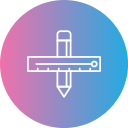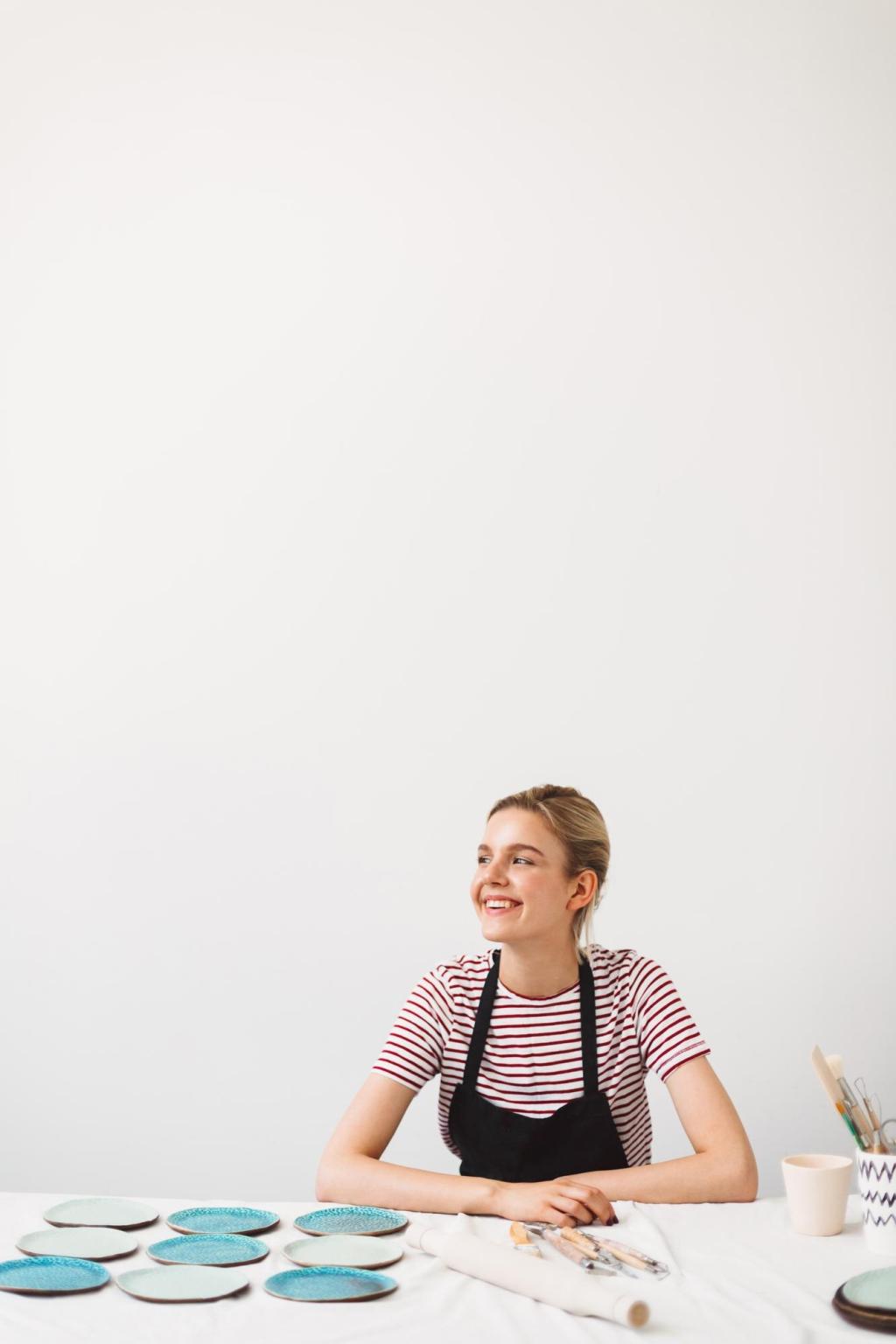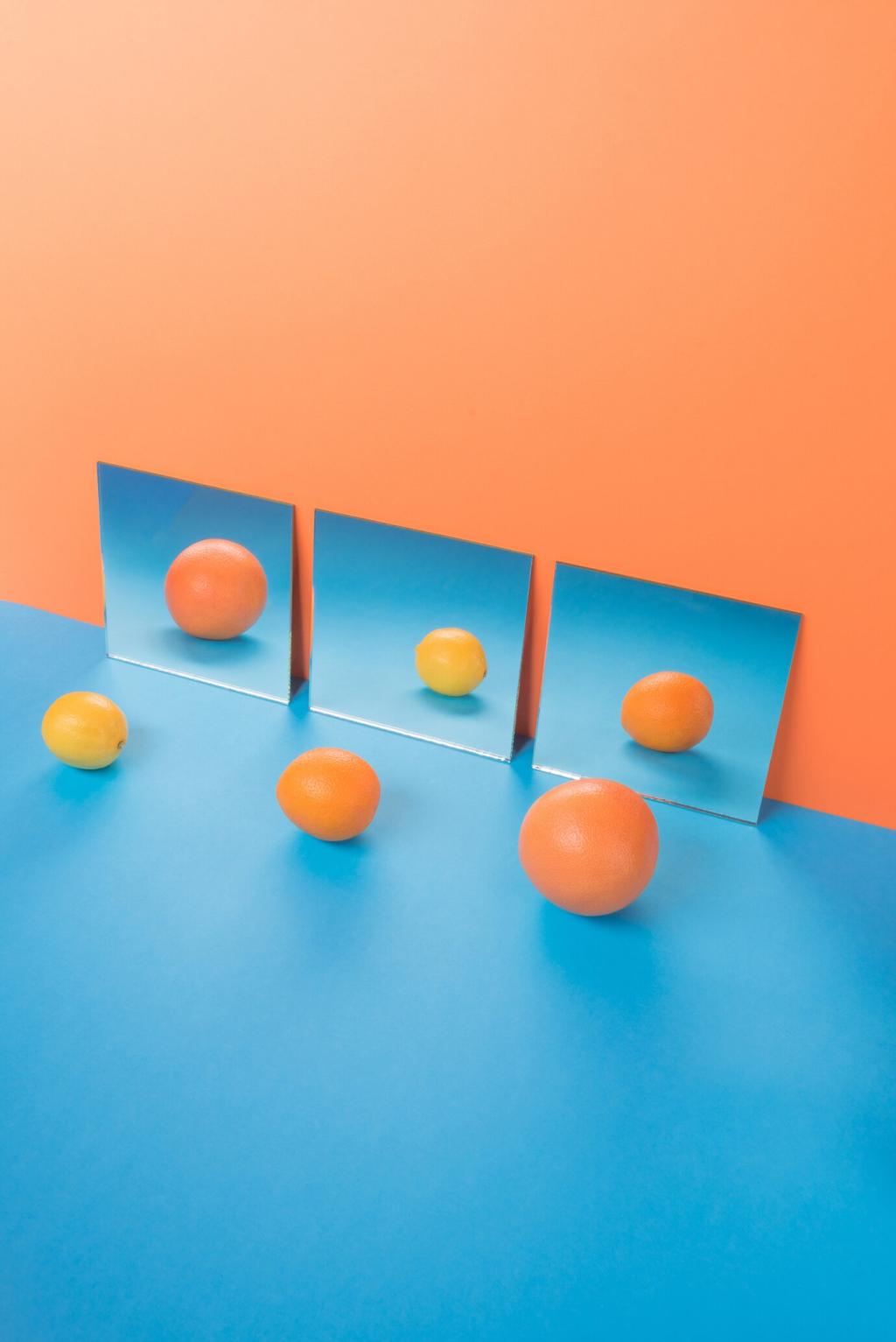Guided Journeys: Navigation Without Noise
Reveal complexity in steps. Minimal interfaces stage information, surfacing the next most useful action while hiding advanced options until relevant. This preserves focus without sacrificing power. Have you successfully tucked away expert controls? Tell us how you avoided frustrating your power users.
Guided Journeys: Navigation Without Noise
Icons help, but words win clarity. Pair simple icons with unmistakable labels, and favor verbs that set expectations. Keep navigation labels short, consistent, and testable. Share the label change that unlocked understanding for your users, and why the old wording repeatedly failed them.





